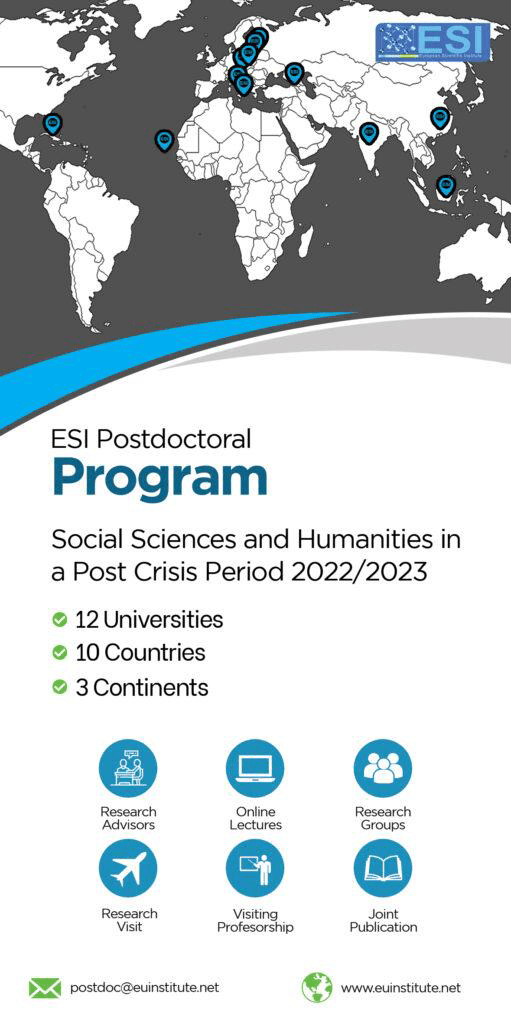HYSTERESIS IN POST-KEYNESIAN MONETARY THEORY
Abstract
This paper focuses on research in Post-Keynesian economics of (non)equilibrium applied to monetary policy. The authors show by an amended New Consensus model that a case they call “Lavoie’s” hysteresis is substantially different from Setterfield’s (1998a) conception, despite some common features. The paper claims that in spite of presence of irreversibility and short-run and long-run path-dependence in both systems, there are some fundamental differences. Drawing upon the Kaldor - Setterfield’s definition of determinate outcome, the authors argue that “Lavoie’s” (2008) hysteresis in the natural rate is a locally-stable-multiple-equilibria case and they regard, in reference to Setterfield’s concepts of deep endogeneity and adjustment asymmetries, “Lavoie’s” hysteresis a conceptualization of historical time at a lower level than Setterfield’s hysteresis. This paper states that Setterfield’s (2008) references to his theory of hysteresis as a general theory, of which the traditional equilibrium is just a special case, might be applied to “Lavoie’s” hysteresis only on the condition that differences between “Setterfield’s” and “Lavoie’s” thresholds were neglected. The final conclusion is drawn by the authors that presence of “Lavoie’s” hysteresis is a sufficient condition for the limited long-run money neutrality to arise.Downloads
Download data is not yet available.
Metrics
Metrics Loading ...
Published
2015-03-30
How to Cite
Chytil, Z., & Maslo, L. (2015). HYSTERESIS IN POST-KEYNESIAN MONETARY THEORY. European Scientific Journal, ESJ, 11(7). Retrieved from https://eujournal.org/index.php/esj/article/view/5301
Section
Articles







